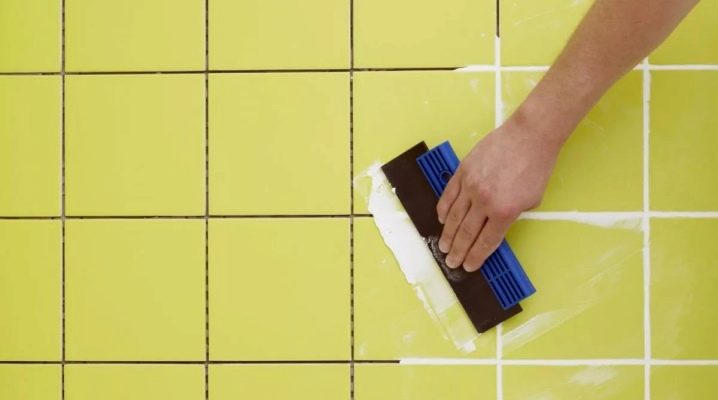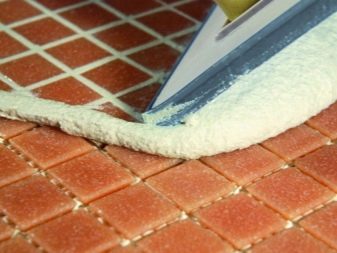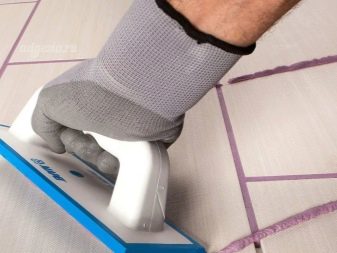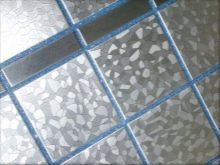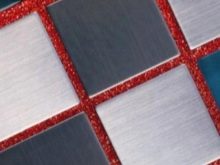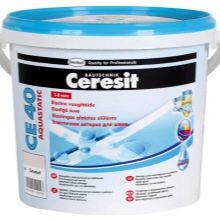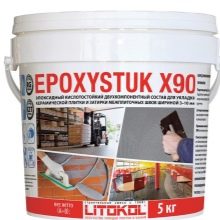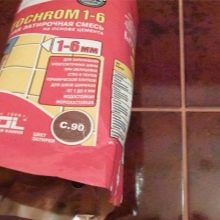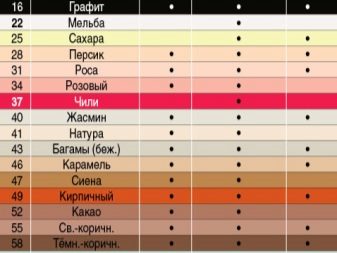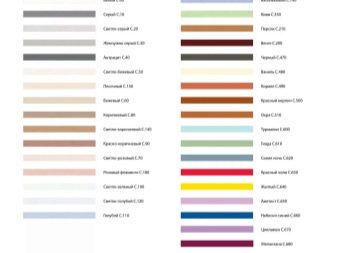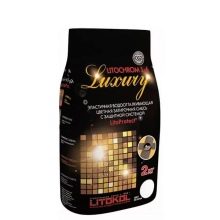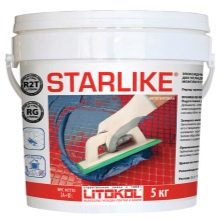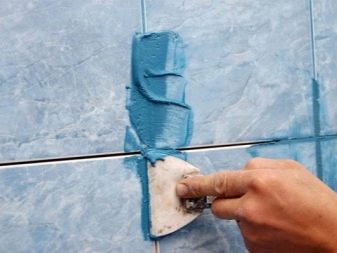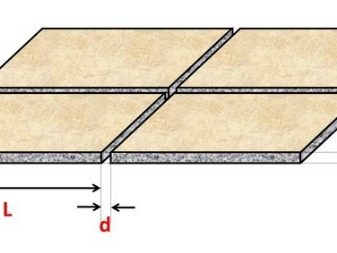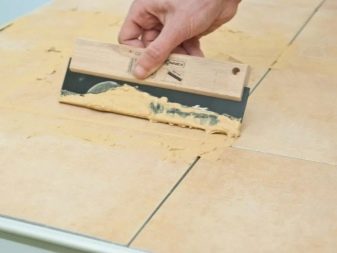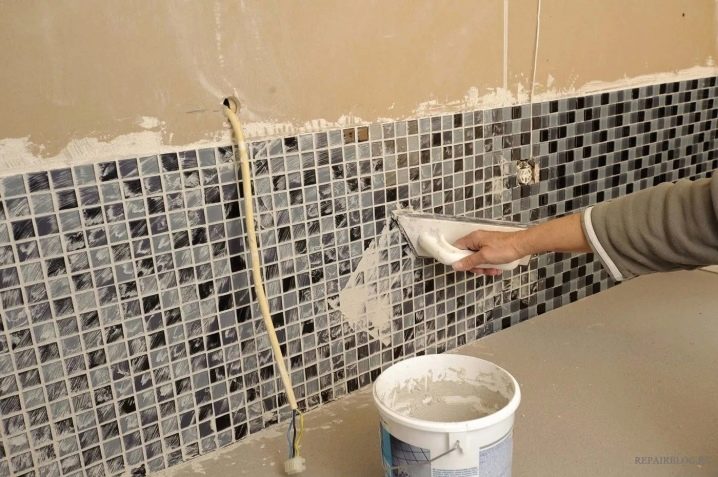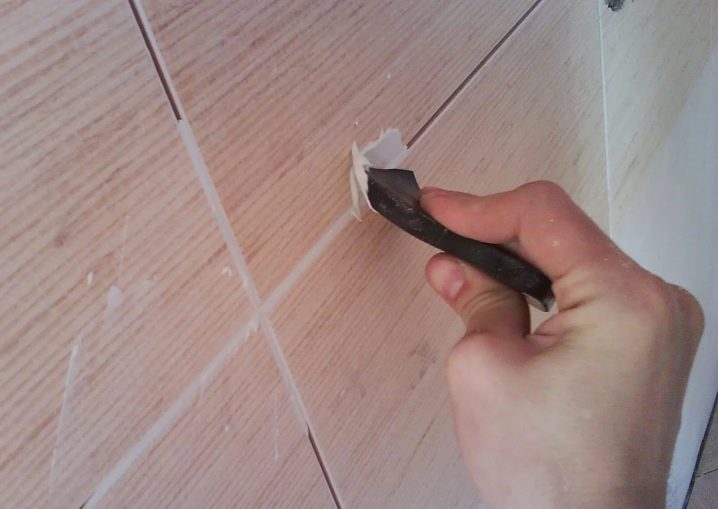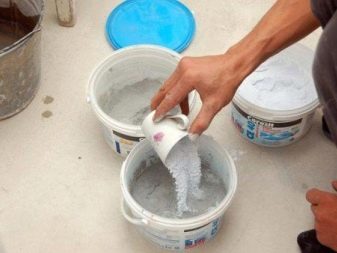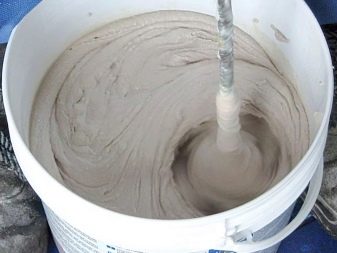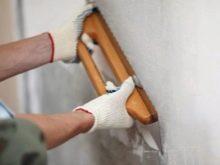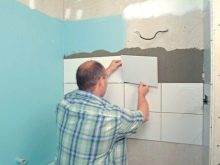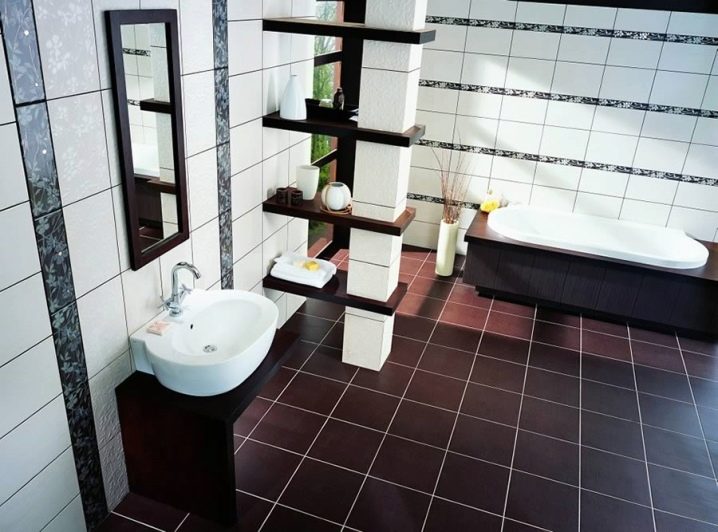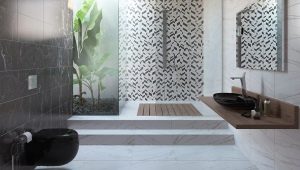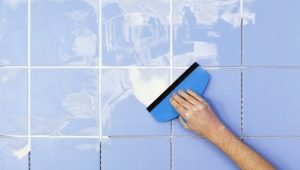Calculation of grout consumption for tile joints per 1 m2
When a beautiful tile is laid on the floor or walls, it becomes necessary to seal the joining seams along its edges. You can make the surface look like a solid coating using a grout (fugue).
Special features
Zatirochny structures represent not only elements of decoration of a tiled laying, but also strengthen its basis. With their help, you can protect the surface of the wall or floor from the ingress of moisture. The seams between the slabs well mask the unevenness of the masonry in various areas. In order to correctly calculate the trowel for 1 m², you need to take into account a number of factors that affect the final result.
- The depth of the joint will depend on the tile thickness. The fugue must fill the entire space between the tiles without residue.
- The consumption of the trowel mixture increases or decreases depending on the length and width of the tile units.
The construction market offers a large size range of tiles.Its format can be on average from 5 to 60 cm. As is known, a smaller number of joining lines (seams) per 1 m² are used for a larger tile. The width of the seams is determined at an early stage, when planning ways of laying. The seams can be very small and be 1 mm. A seam within 15 mm is considered a large size. The wider the seam, the more fugues will be needed.
Grout mixes are different in composition. Depending on the elements used in their manufacture, they may differ from each other in mass and density. These factors affect consumption. When buying a grout, you should carefully read the instructions for its use. The package shows the area that can be processed by this fugue. Particular attention should be paid to the color of the grout. It should be as close as possible to the color of the laid facing base. For contrast, fugu are used in a more saturated color than the plates, depending on the individual taste.
Kinds
Mixes for grout joints are of the following types:
- latex;
- cement;
- epoxy.
The latex grout is made from polymers.It prevents deformation of the seams and prevents the penetration of moisture or dirt into them. The cement-based grout mix is sold in powder or liquid form. Ready-made formulations are sold in plastic buckets. Treat the joints such grout should be a one-time, because it hardens under the influence of air and is not suitable for reuse. Dry formulations are convenient because you can dilute with water a certain amount of material needed for a particular stage of work. The rest of the dry mixture is used for subsequent work.
Let out cement fugues of various brands. The most common brands are Ceresit and Litokol. Grout Ceresit repels water and is resistant to frost. It can be a color (multi-colored) mixture.
To any tile you can choose the desired color scheme. This fugue fits well into the seams between tiles of various lengths and thicknesses.
Grout consumption per m² based on cement is detailed on each package. Unlike epoxy composition, cement grout has a lower density. This parameter should be taken into account when working, because it consumes 1 m² much more. A feature of cement grout is the ability to play (repair).After a period of time under the physical influence dirt penetrates into the seams between the plates. Update trowels can be done by removing the previous layer and applying a new layer. The disadvantage of cement mixtures is their poor resistance to household chemical compositions. In recent years, more and more often resort to the use of epoxy mixtures.
Fugue Litokol can be made on the basis of epoxy resin. She has proven herself as a grout for seams. In contrast to cement trowellers, it is viscous and is used for thick tiles, if the installation was done with the space between the tiles exceeding 5 mm. Epoxy grout is not afraid of large temperature changes and is very resistant to chemical attack, not afraid of mold and mildew. The quality characteristics of epoxy resins do not change over an extended period of time.
The fugue must be elastic while working with it. The main factor related to the disadvantages of this fugue is its price. She is quite tall. Working with grout is difficult because of its viscosity. After processing the seams, it is difficult to remove any excess material that has fallen onto the tile.Therefore, you should carefully wipe the tiles at each stage of work.
A distinctive feature of epoxy trowels is their composition. They are based on hardener and colored paste. When mixed, the grouting material is very durable and resistant to physical and chemical influences. And also epoxy fugues act as adhesives. Those who like to lay out the walls of the baths or pools with mosaic wizard offer to fix it using just such a grout.
How to make calculations?
As already noted, to calculate the grout required for 1 m² of tile, should know such basic values as:
- tile length;
- its width;
- the thickness of the tile unit;
- the width of the seam between the tiles;
- the average density coefficient of grout is 1.6 (ranging from 1.4 to 1.7 g / cm³ or kg / dm³);
- minimum reserve flow rate of the mixture (within 10%).
The formula for calculating the rate of grouting:
(Д + Ш) / (Д х Ш) х Т х ШШ х К + 10% = Consumption rate (kg / 1 m²), where:
- D - tile length in mm;
- W - tile width in mm;
- ШШ - width of seams;
- K is the density coefficient (equal to 1.4);
- 10% - an additional mixture.
The table shows the values calculated using all the necessary indicators reflected in the formula.For example, you need to calculate the consumption of grouting per 1 m² for a tile of 50x50 mm in size, 4 mm thick, with a seam width of 1 mm between the tiles. Fugue consumption will be (50 + 50) / (50x50) x4x1.4x1 + 10% = 0.246 = 0.25kg / m². In this way, an approximate calculation of the consumption of the trowel mixture per 1 m² tile is made. If you do not take into account the additional volume of the mixture, then the rate is determined by the average density coefficient.
In the case of using colored grout, add 2–3 grams of coloring matter per 1 kg of dry fugue to an ordinary white mixture. The increase in the weight of the finished mixture varies slightly from 0.2 to 0.3%. To create very saturated colors, you can add 20–30 grams of color to 1 kg of grout weight. Then the weight of the finished fugues will increase by 2–3%.
To wipe the seams between the tiles can be another way. In this case, there will be no need to resort to formulas or tables. Take into account the additional consumption of material is also not necessary. The basis is 1 m² of tiles and instructions for using the grout.
Properly made composition of the fugues in the amount of 100 grams filled all the seams. When the solution is developed, they look at what area they have processed. After doing the required amount of grouting material for the entire tile base.Work should be performed using the same construction tool (trowel).
This method is good because even when processing the area with a 100-gram solution you can see how the grout penetrates deep into the seams and fills the voids.
How best to wipe the seams?
Effective use of the trowel material per 1 m² is achieved through proper preparation for work. To get an elastic cement mixture, it should be diluted with water, without using large portions. This will not allow the fugue to freeze quickly and there will be no formation of its unclaimed surplus. Epoxy grout is recommended to be applied using a syringe. The seam turns out quality, without voids inside.
How to save?
Grout material is quite an expensive tool. In order not to overpay money for an excessively acquired fugu, it is necessary to carry out thorough preparatory work. The floor or walls before laying tiles align to the most possible limits. The smoother the base, the less grout will go into the seams between the tiles. Grouting material is better to prepare by hand than to use ancillary tools (for example, a mixer).This will make it possible to thoroughly knead the solution without natural loss, since a certain amount of it remains on the mixer.
Tips for choosing
Masters engaged in laying tiles, advise before buying a trowel fugue to calculate its consumption, taking into account each specific situation. Ways of laying tiles are different, so the joints intended for grouting may differ significantly from each other. Consumption of grout while fluctuating in one direction or another. In situations where different tiles are laid in the room, selecting a grout for joints is not an easy task. To combine different shades of tile units into one, it is best to use a grout that is tonally suitable for the entire tile.
When the tile is contrasting (dark is used on the floor, and light on the walls), it is better to combine the grout. The seams on the walls can be covered with dark tones, and on the floor - light mixtures. In this case, you should not make a mistake when calculating the fugue consumption per 1 m². To achieve an optimal work result, do not overly save trowels, the seams should be clear and even lines.
The main attention should be focused on laying tiles.When laying it flat, where all seams are the same, the grout is saved. The result will be a solid durable coating that can release from repair work for a long time.
For more information on sanding seams, see below.
